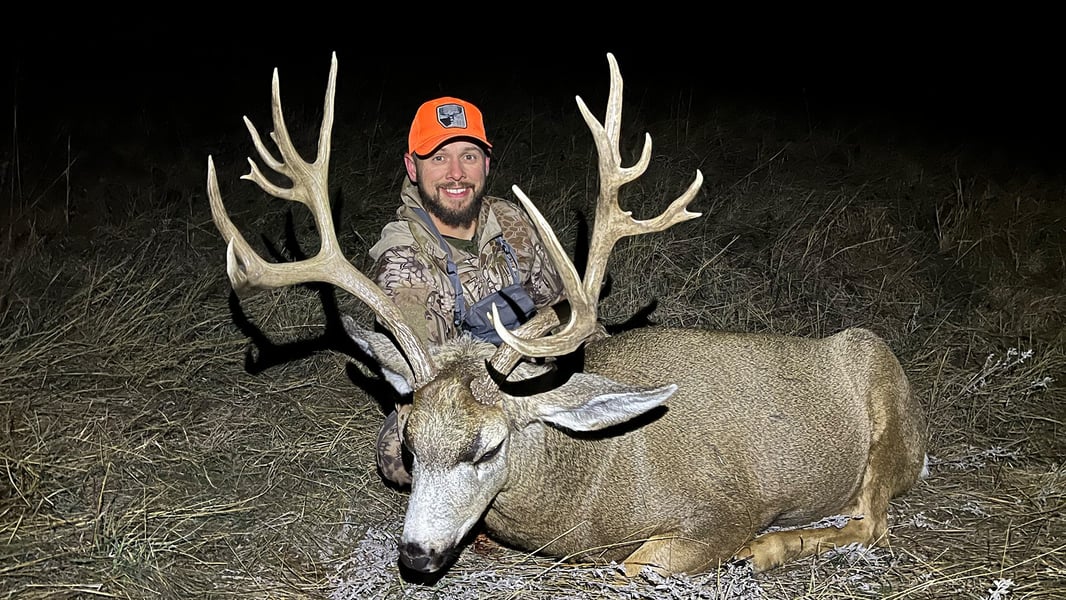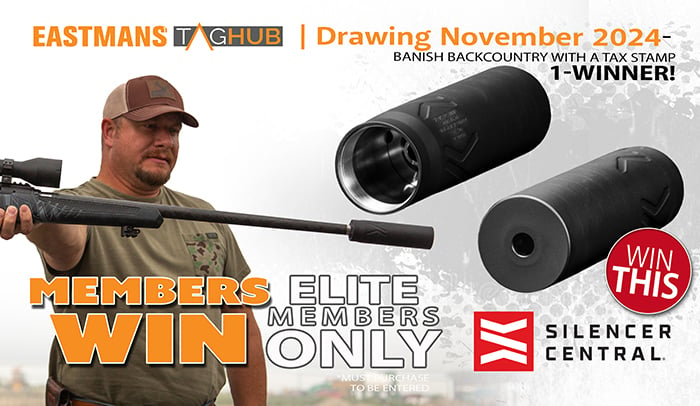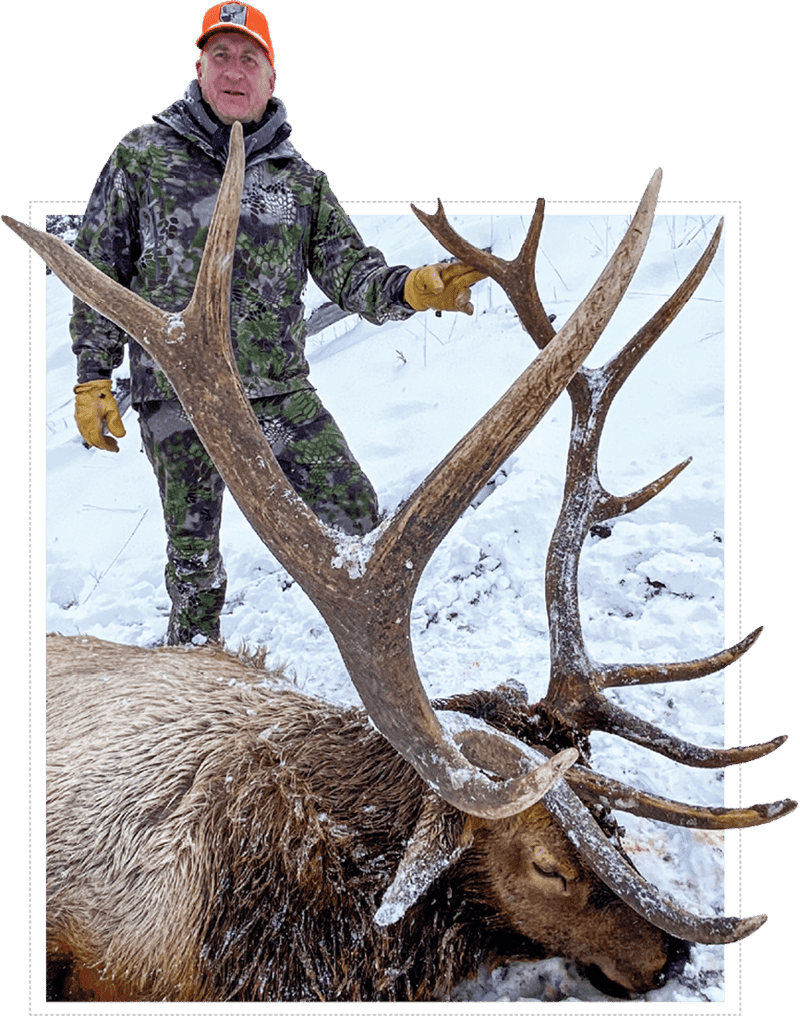T-Minus Hunt Planning Part 2
By Jordan Breshears
At this point you should have at least two things covered, 1 – what and where you are hunting, 2 – familiarization with your e-scouting platforms. If you missed it, we started this journey last week with E-Scouting 101, you can find that article by clicking here. Your homework was to get those two items under your belt or at least narrowed in on #1. And a steady hand on #2. Now what?
From here we start to break down the hunt areas you chose using basic filters and or principles. Some good questions to ask yourself are: Will I be backcountry or front country hunting? What types of transportation will I use? Are roadless areas important or do I want to use roads to my advantage? Do I need open country for ease of spotting or thick country for better stalking and for easier calling? Let’s keep this simple and stop there for a minute. I want this to sink in and be effective.
For me these answers compiled would look something like this: semi-open, public land, comprising front country access with minimal roads and or closed roads that are accessible by foot, bike or horse. Okay, once you have that sorted out. This brings us to step 2, Using onX and TagHub 2.0 to find sub-regions within the hunting areas you have already chosen that meet your criteria. Get several areas located and pinned so they are easy to come back to and further your research later.
This can take quite a while. For me this will look like a broad overview with public land layers on. Zoom in a bit and start to get a feel for roads, trails, public and private land borders, habitat, wildfire locations, terrain type, etc. Over the years I’ve learned to spot what I am looking for fairly quickly. However, going from what looks good at a glance to something that actually checks out is a different story. Not to mention, I have hundreds and hundreds of hours doing this.
Get an area pulled up that looks good and seems to meet your criteria and go into 3D mode. Why does this matter? To me, it really brings the area to life. You have likely shown up to a new spot in the past and felt really intimidated by the extreme nature of the country. If you are like me, you looked over topo maps and felt like you had it dialed in. Showed up at the trailhead at o’dark thirty, hiked until first light and found yourself halfway to your goal location and in complete awe of the massive country around you.
Sound familiar? Well, whether it does or doesn’t, 3D will help alleviate this issue. With 3D mode active, get familiar – very familiar with your spot. Pulling up a second screen with Google Maps is a great way to see more detail as well. Or select a different satellite with your filter options on Spartan Forge. The variation helps bring it all to life. Key points to gather in this phase: agriculture crops, old wildfire sites, access options, (how will you get from the highway to your destination?) as well as access to surrounding areas with county roads, open forest service trails, BLM access roads, etc. You will use these as tools for scouting the area when you actually arrive to hunt our scout for the first time.
Alright, that’s enough for now. Homework assignment: How are you going to hunt? Use this information to narrow down where you will hunt. During the narrowing your goal is to identify access opportunities. Use pins to identify your findings, you can also share pins between onX and TagHub 2.0 for cross reference. Get a good start on this and we will be right back at it with E-Scouting 301.
Looking for your next out-of-state hunting adventure? Look no further than TagHub 2.0! With its new and improved filters, finding your next hunting spot has never been easier. Follow Scott Reekers’ advice and take advantage of this powerful tool. And if you have any questions, don’t hesitate to reach out!




